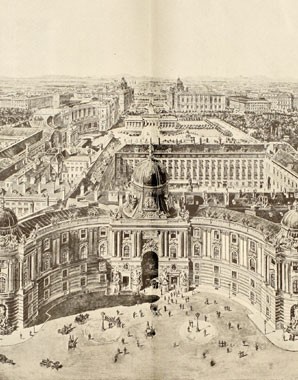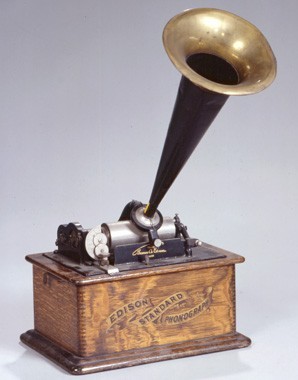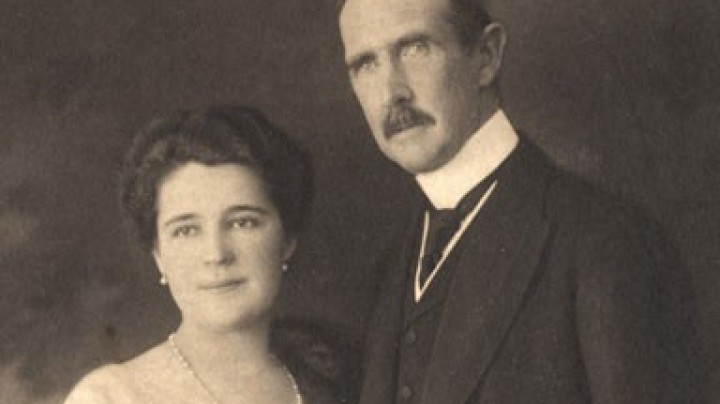The changing of the palace guard or ‘The Palace Growl’
It was probably the gruff sound of the deep notes of the regimental band’s brass instruments that led the Viennese to refer to the daily changing of the guard at the Hofburg (Imperial Palace) as the ‘Palace Growl’.
The daily changing of the guard in the inner courtyard of the Hofburg, popularly known as the ‘Palace Growl’ was a much-loved attraction for the Viennese. It was an occasion when all levels of society could observe the Imperial Army from close proximity – whether prince, housemaid or civil servant, the spectacle was open to all who wished to come and see it. Accompanied by military commands and a brass band, the changing of the guard was a particularly visible expression of the merging of dynastic pomp and military ceremonial, not least as it was also filmed several times and captured on sound recording equipment such as the Edison cylinder.
Each regiment had its own march by which it could already be recognized from afar. A special position was enjoyed by the Hoch- und Deutschmeister Regiment with its widely known ‘Deutschmeister March’. Named after the Grand Masters of the Teutonic Knights, this military corps had been known as such since 1788, and it enjoyed the privilege of marching in Corpus Christi processions. It was the only regiment that was known not by the name but by the function of its colonel in chief. Thus the Masters of the Order of the Teutonic Knights were simultaneously also colonels in chief of the regiment, forging a close link between the Order and the Imperial Army. From 1780 to 1918 it was always archdukes from the House of Habsburg-Lorraine who held this position.


















